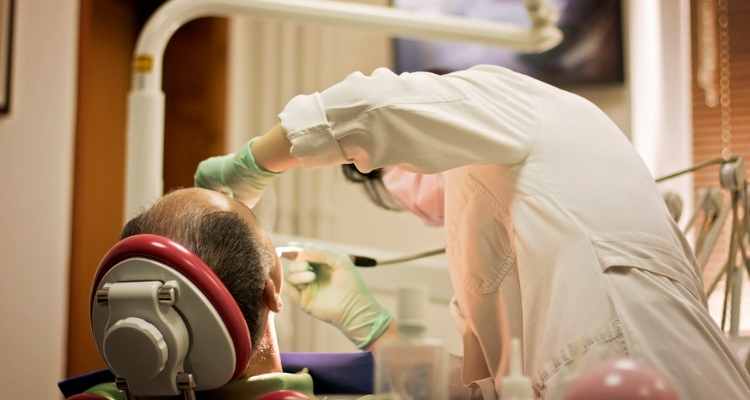Due to age, genetics, or simple neglect, dental restoration can be an inevitability for many people. The dental procedure to restore completely decayed or decaying teeth will ultimately vary, depending on what is required to make a tooth healthy again. Restoration is needed and wanted in many scenarios, like if your teeth begin to yellow and become generally discoloured, crooked or worn down, and if impairment occurs from cavities and other cases of rotting. When any decay becomes explicit and is noticed by your Vancouver dentist, they often recommend a restoration method.
Find out what restoration methods exist and which procedures apply to different forms of tooth decay.
Dental implants
Dental implants are a prevalent restoration procedure to receive at the dental office. These implants are meant to function and appear like a natural set of teeth without having to endure the typical problems that emerge when you wear dentures involving eating and speech impairments. These implants can help hold crowns and bridges in place on other teeth remaining in the mouth. There are two types of implants you can get: subperiosteal steel, which is when the artificial root is implemented above the jawbone, and necessary when the jawbone is too healthy for the safe installation of the artificial root. The other implant, called an endosteal, is placed within the jawbone. This restoration procedure can be extensive and take months to complete, but it will stay in place for years.
Crowns
Crowns are a restoration method needed when cavities become too large for a filling to cover. Crowns also protect largely cracked, worn down, and generally vulnerable teeth. While getting crowns isn’t as much restoration as it is to maintain the state of your teeth, but are meant to protect your teeth from decaying more than they already have.
Dentures
When you have missing teeth, many opt to get dentures, a set of removable false teeth, to replace them. Various conditions and injuries can cause missing teeth. When everyday activities become harder to do, or if you want to replace your teeth for appearance reasons accessibly, partition and complete dentures are available restoration options. Restorative dental work like dentures will act as viable replacements for your lost teeth. The procedure to receive them will consist of selecting the best denture option for you with a professional, followed by a fitting.
Bonding
When you get your teeth bonded, it consists of a process to restore the appearance of cracked and chipped teeth. Although not as sturdy as a crown, bonding will still achieve the goal of mending decayed and imperfect teeth by applying a resin that emulates the colour of your other teeth. The resin is then moulded to fit the cracked and chipped tooth properly and will become hardened using ultraviolet light.
Veneers
Veneers are natural-looking and coloured shells that can be placed over damaged teeth. Although it is often deemed a cosmetic procedure, veneers also work to restore oral appearances. This procedure will fix any insecurities of damaged, short, and unusually short teeth while having a natural look. You can choose between veneers made from porcelain or composite resin, and they can last anywhere between 5 and 15 years.
Root canals and fillings
Fillings and root canals are among the most common restorative dental procedures, where they mend areas that have been affected by cavities. A filling doesn’t require help from a specialist like other restorative procedures, and the cavity can be easily filled in using composite resin or silver amalgam, among others. Choosing what filling is best is something you should discuss with your Vancouver dentist. A root canal repairs cavities that have decayed enough to affect the tooth pulp, an oral predicament where a tooth filling will not suffice. When receiving a root canal consists of extracting the pulp from the tooth, and your dentist will then clean and seal the inside of the tooth. Although they are more extensive than a filling, with modern technology, root canals are much less intense and painless than they once were.

